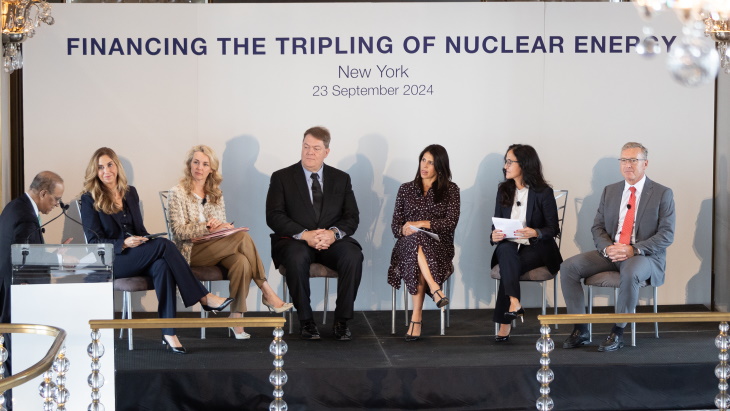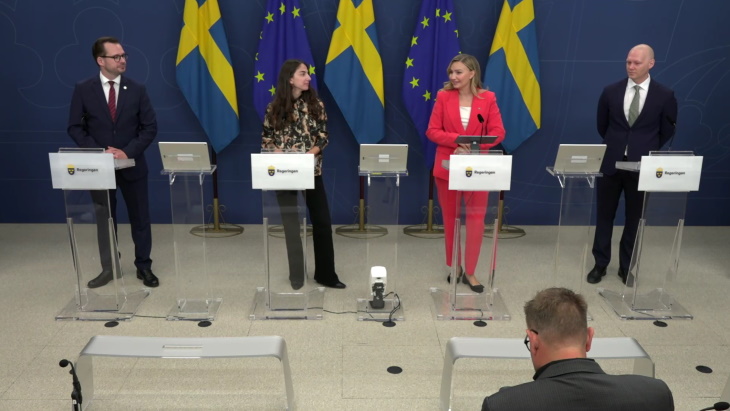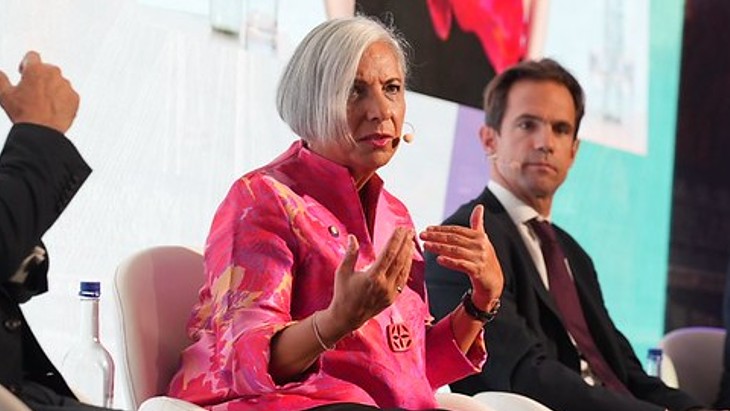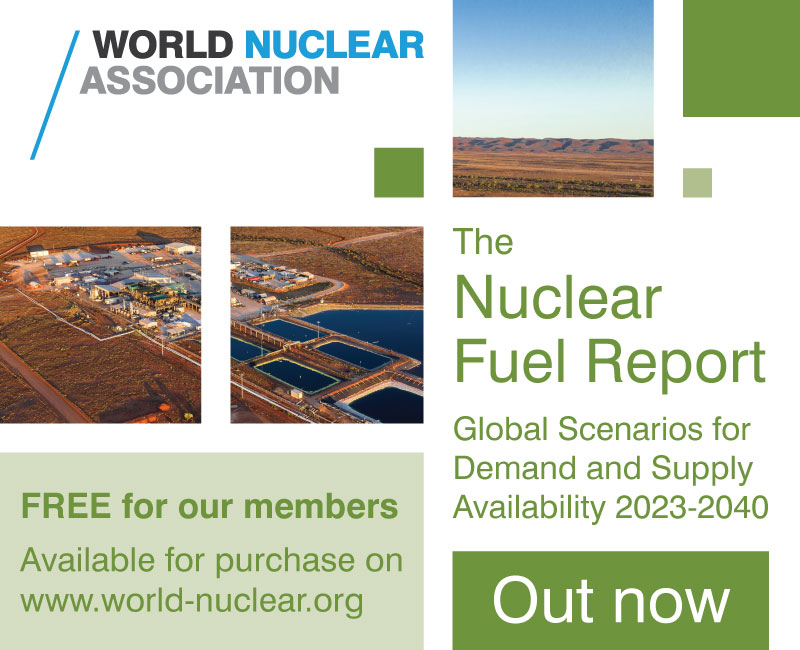India eyes SMRs but focuses on large reactors
.jpg)
"SMR is a promising technology in industrial decarbonisation especially where there is a requirement of reliable and continuous supply of power. India is considering steps for development of SMR, to fulfil its commitment to Clean Energy transition," the minister said in an answer to the Lok Sabha - the lower house of the Indian parliament - on 2 August.
"Detailed technical discussions are currently under way to plan a roadmap for studying the feasibility and effectiveness of deployment of such reactors. Augmentation of nuclear power capacity through large size reactors is the primary goal of the Department," he added.
A report on the role of small modular reactors in the energy transition issued earlier this year by the government's NITI Aayog public policy think-tank found that successful deployment of SMR technology must leverage private sector investment. However, although Indian law now allows Nuclear Power Corporation of India Ltd (NPCIL) - the state-owned company responsible for the design, construction, commissioning and operation of thermal nuclear power plants in India - to form joint venture companies with other Indian public sector units, this does not extend to private sector companies, nor does it allow direct foreign investment in nuclear power apart from the supply chain.
"The Government of India is exploring the options of collaborating with other countries and taking up indigenous development of SMRs," Singh told the Lok Sabha. "Provisions of Atomic Energy Act, 1962 are being examined to allow participation of private sector and start-ups."
In a separate answer, the minister also confirmed that India's Department of Atomic Energy has been allocated INR25,078.49 crore (USD3,006 million - one crore is equivalent to 10 million) for 2023-24, which is lower than its INR25,965.67 crore allocation in 2022-23. NPCIL proposes to "mobilise" INR12,863 crore from its internal and external budgetary resources, "mainly through internal resources and borrowings".
There was no change to the reactors listed earlier in the year by Singh as "under construction", although the minister noted that one of those - Kakrapar 3 - is now in commercial operation.
As well as plans for the construction of Indian-designed 700 MWe pressurised heavy water reactors (PHWRs) in "fleet mode", Indian plans also envisage the construction of large reactors from overseas vendors, including further Russian-designed VVER reactors in addition to those already in operation and under construction. These include both AP1000 and EPR reactors, for which negotiations have been ongoing for some years.


.jpg)










